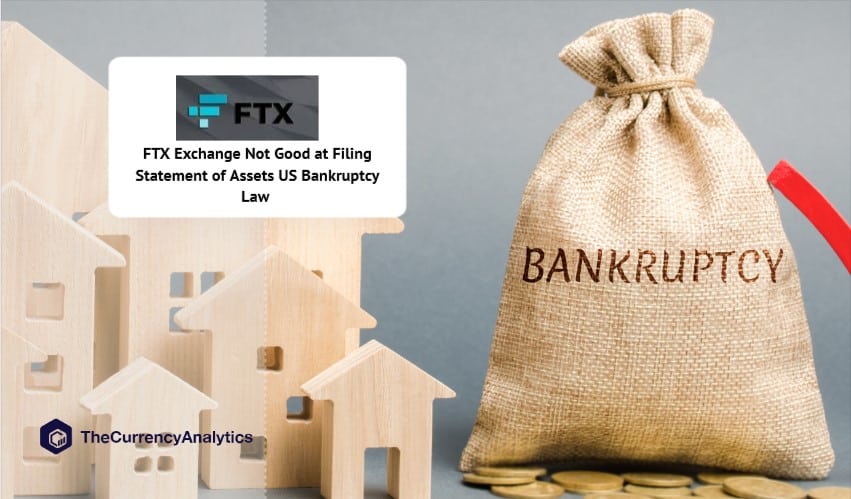
Poor record keeping under Sam-Bankman Fried’s reign has led to weak governance of the FTX Exchange Accounts. This has in turn complicated Chapter 11 bankruptcy hearings which is focused on winding up the exchange.
FTX founder Sam Bankman-Fried resigned on Nov 11, 2022. The company’s new management in a procedural hearing stated they have more than $1 billion in assets identified. The new management have identified $720 millions in cash assets, which they are yet to consolidate. And, another $500 million is being held in US institutions.
About $130 millions of cash are locked up in Japan and the local regulations have laid control over these funds in a way to protect their local FTX customers.
About $6 million is being held up for operational expenses like payroll. About $423 million is held with a single broker who is an unauthorized US institution, which has not been named by the new management.
Efforts are continuing to identify the crypto assets of the FTX Exchange to further shift them to cold wallets.
Mary Cilia, speaking under oath, during part of bankruptcy proceedings stated, “We are reaching out to all of those banks and changing the signatories on the accounts so that we can get access to the accounts and move the cash as much as we can to authorized depository institutions.”
A depository institution in the United States is legally allowed to accept monetary deposits from consumers. A depository institution typically provides security and liquidity in the market. It makes use of deposited money for safekeeping to lend to others and to generate interest income. Depositories also invest in other securities, and they provide a fund transfer system.
The terms and conditions of customers were stored in a variety of places like Google Drive and Slack. The new management of the company are reviewing the terms.
If the position of the collapsed cryptocurrency company should be resolved, then the records should be pursued and the millions of dollars of cash in different bank accounts should be accounted for.
The bankruptcy and winding up process is getting complicated due to lack of proper accounting and documentation.
The US Bankruptcy Law requires the company to file a statement of assets related to its financial position as required under U.S. Bankruptcy Law.
A General and Quick Insight into Debt Restructuring
Those who are struggling to make their debt payments on time will find debt restructuring useful. Governments, businesses, and individuals, avoid defaulting on current debts by negotiating for debt restructuring.
A debtor who is in financial distress will find that loan restructuring is a less expensive alternative to insolvency. It will be of help to both debtor and creditor. However, re-structured loans will have an impact on the credit score. This in turn leads to stringent financial scrutiny.
“The debt restructuring process typically involves getting lenders to agree to reduce the interest rates on loans, extend the dates when the company’s liabilities are due to be paid, or both. These steps improve the company’s chances of paying back its obligations and staying in business.”
There are a variety of loan restructuring guidelines:
Financial scrutiny is the process of examining, analyzing, and dealing with the whole process of why decisions are taken to spend money. It is about how wisely and effectively money is spent and how effective the outcomes of the spending are. Financial scrutiny is important for each stage of development and implementation of a business policy or program.
Whether at the individual level or to the level of a giant company like FTX exchange, good record keeping is crucial at every stage of the operation.


Get the latest Crypto & Blockchain News in your inbox.